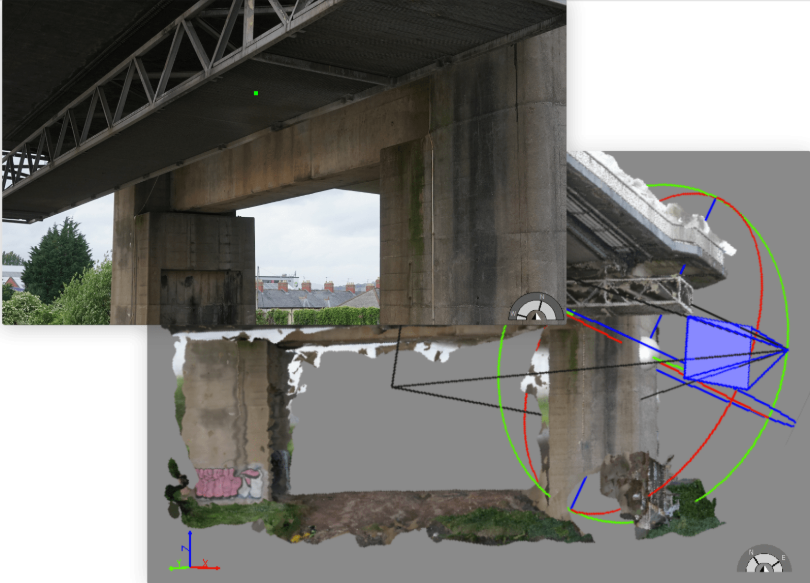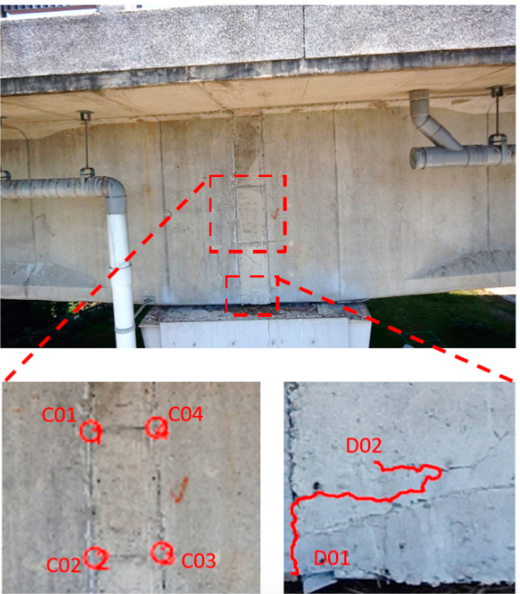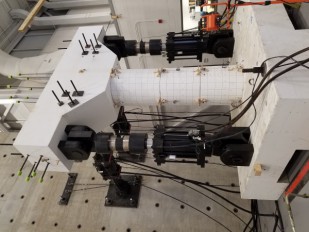Digital Twin Infrastructure: Building Safer Bridges with AI

Artificial intelligence is emerging as a powerful tool to improve the safety and resilience of bridges. Researchers at the University of St. Thomas have demonstrated how AI can optimize structural design from the earliest stages of a project. By analyzing thousands of potential design options, AI identifies the best materials and dimensions to reduce stresses from water flow and traffic loads. Professor John Abraham, who led the study, highlighted that AI can not only improve the thickness and configuration of components such as gusset plates but also extend its use into real-time monitoring. This capability allows engineers to detect weaknesses before they evolve into critical failures.
At the University of Florida, researchers are advancing this concept further by developing AI-driven digital twins. These virtual replicas of bridges integrate real-time data from sensors, weigh stations, and structural health monitoring systems. By continuously updating a bridge’s condition and simulating potential scenarios, digital twins provide engineers with predictive insights to address problems before they occur. This approach reduces reliance on manual inspections, which can be hazardous and prone to human error, and allows both existing and new bridges to benefit from enhanced monitoring.

With nearly 46,100 bridges in the United States rated structurally deficient, the adoption of AI-based design and monitoring systems offers significant promise. From preventing tragedies like the I-35W and FIU pedestrian bridge collapses to supporting safer long-term infrastructure management, AI is reshaping how engineers approach structural safety. The integration of these technologies marks an important step toward a more resilient and data-driven civil infrastructure system.
Check out the following video for more information on how AI can improve bridges and dams safety.
Sources: mdpi.com, stthomas.edu, dcp.ufl.edu, info.qii.ai, mdpi.com
Want to read more like this story?

AI-Powered Bridge Monitoring: Detecting Structural Failures Before They Happen
Feb, 10, 2025 | NewsBridges are critical components of transportation networks, yet their maintenance often relies on r...
Researchers developed AI-based algorithms for real-time structural assessment of bridges
Sep, 26, 2023 | NewsBridges play a crucial role in India's infrastructure, with approximately 13,500 of them spread acr...

Global study shows spaceborne radar can accurately monitor bridge health
Oct, 13, 2025 | NewsA new international study has demonstrated that satellite-based monitoring can transform the way en...

Civil Engineering in the Digital Age: Top Innovations Shaping the Future
Jul, 16, 2024 | NewsThe world of civil engineering is experiencing a significant digital transformation. Innovative tec...

Monitoring infrastructure via Digital Twins
Jun, 26, 2020 | NewsInfrastructure monitoring can be completely retrofitted utilizing a concert known as Digital Twins....

New bridge design offers high earthquake resistance at lower cost
Sep, 30, 2020 | NewsA new study focuses on the implementation of new bridge designs that could provide earthquake resist...

Lake Polyfytos Bridge in Greece is closed for at least a month due to structural damage
Mar, 16, 2023 | NewsThe Lake Polyfytos Bridge, in Greece, has been closed due to structural damage. More specifically...

After the Recent NTSB Report: 68 U.S. Bridges Now Flagged for Collapse Risk
Mar, 29, 2025 | NewsWhen the Francis Scott Key Bridge in Baltimore catastrophically collapsed in March 2024 after being...

AI-Enabled Tunnel Installations: Ensuring Safety and Efficiency with DATA-IS
Sep, 19, 2024 | NewsIn an innovative step forward, an engineering team has successfully trialed a cutting-edge digital...
Trending

Vertical gardens in Mexico City to combat pollution

Characteristics of Load Bearing Masonry Construction

Taipei 101’s impressive tuned mass damper

Morocco Implements Landmark Dam Perforation to Combat Water Stress in Marrakech

Dutch greenhouses have revolutionized modern farming



